The Haunting of Bly Manor
Extraits
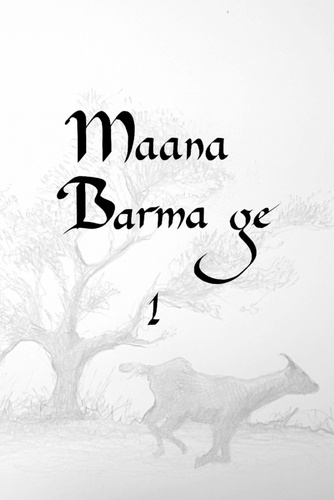
Littérature française
Maana Barma ge 1
06/2017
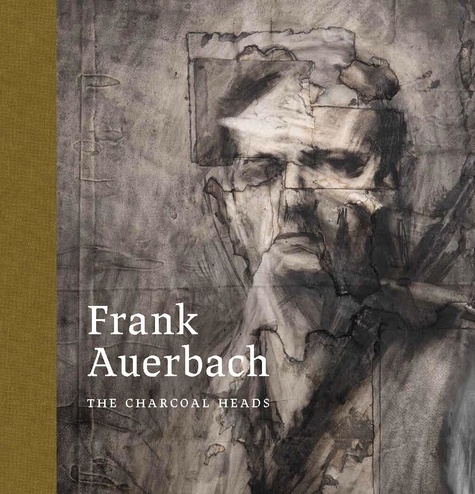
Mouvements artistiques
Frank Auerbach. The Charcoal Heads
03/2024
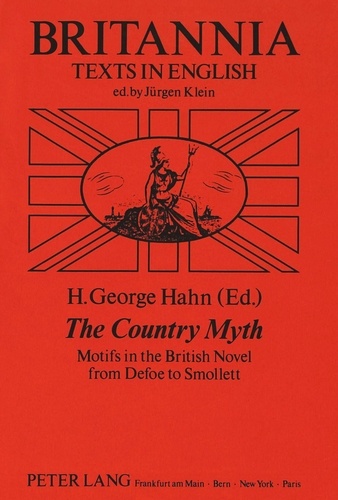
Non classé
The Country Myth
12/1991

Beaux arts
New worlds
10/2012
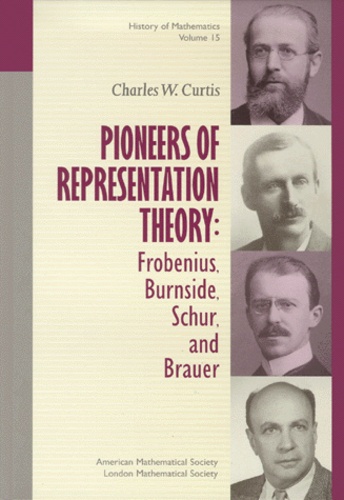
Histoire et Philosophiesophie
PIONEERS OF REPRESENTATION THEORY: FROBENIUS, BURNSIDE, SCHUR, AND BRAUER
01/1999

Non classé
Studies in Elizabethan Audience Response to the Theatre
02/1993

Mouvements artistiques
The Artist Helen Coombe (1864–1937). The Tragedy of Roger Fry's Wife
11/2023
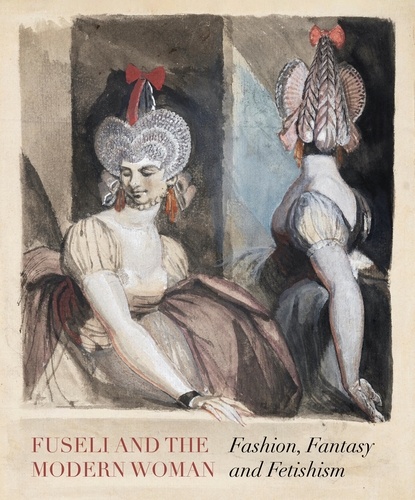
Monographies
Fuseli and the Modern Woman. Fashion, Fantasy, Fetishism
12/2022
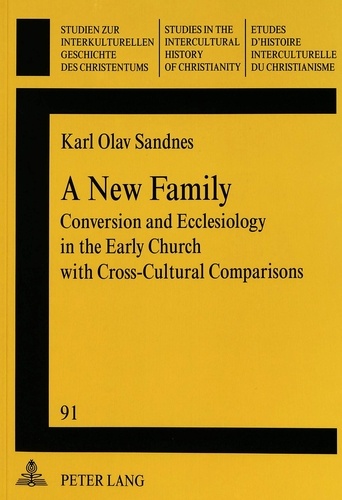
Religion
A New Family
05/1994
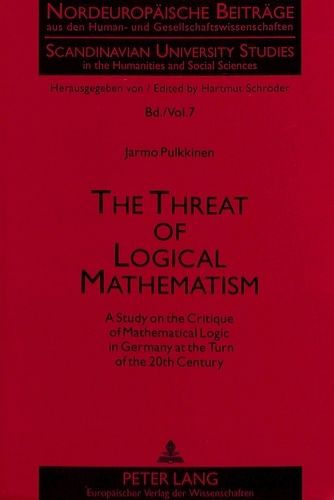
Religion
The Threat of Logical Mathematism
07/1994

Non classé
Read Ancient African scripts from any current African language. Volume 2
05/2020
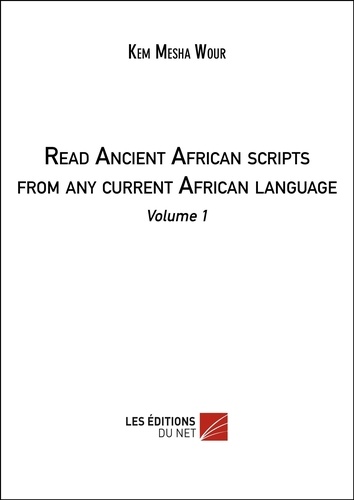
Non classé
Read Ancient African scripts from any current African language. Volume 1
05/2020

Non classé
The Concept of Man in Igbo Myths
11/1999
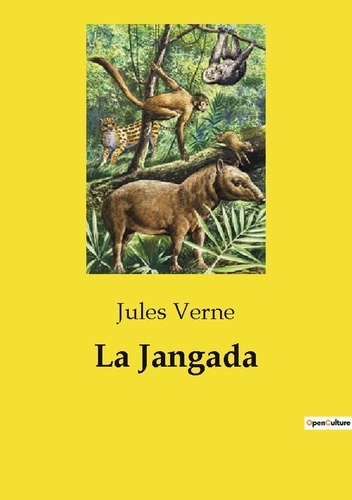
Littérature française
La jangada. .
06/1981
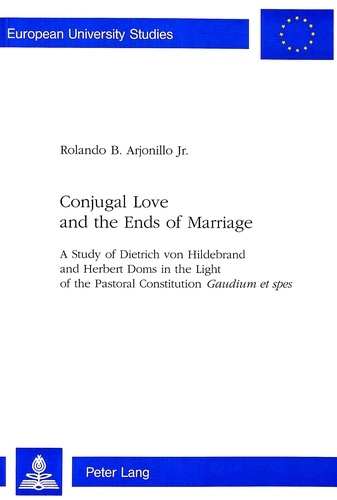
Religion
Conjugal Love and the Ends of Marriage
04/1998
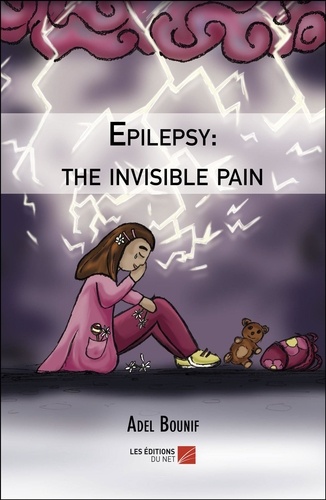
Poésie
Epilepsy: the invisible pain
01/2019
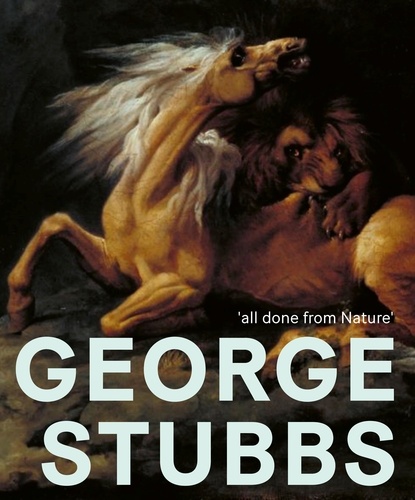
Beaux arts
George Stubbs. "All done from Nature"
11/2019

Non classé
Oaths, Vows and Promises in the first Part of the French Prose Lancelot Romance
02/1993
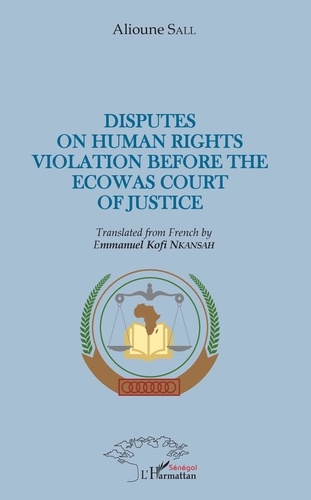
Droit
Disputes on human rights violation before the ecowas court of justice
07/2019

Développement durable-Ecologie
Native Land, Stop Eject. Edition en anglais
05/2010
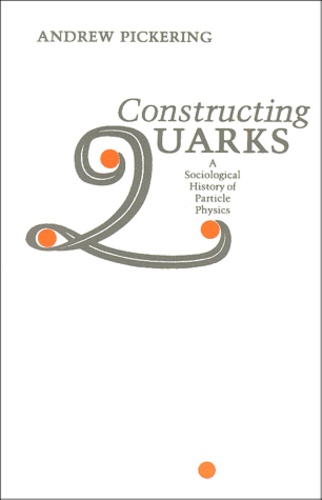
Histoire et Philosophiesophie
CONSTRUCTING QUARKS. A Sociological History of Particle Physics
01/1984
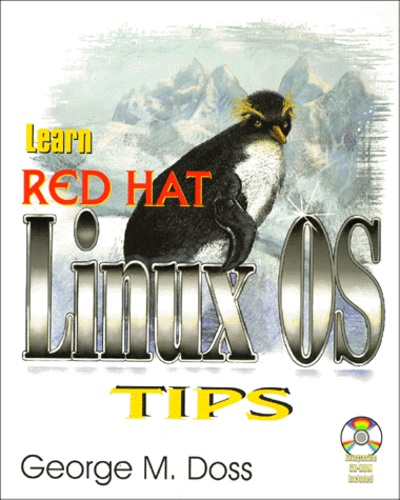
Informatique
LEARN RED HAT LINUX OS TIPS. CD-ROM included
01/1999
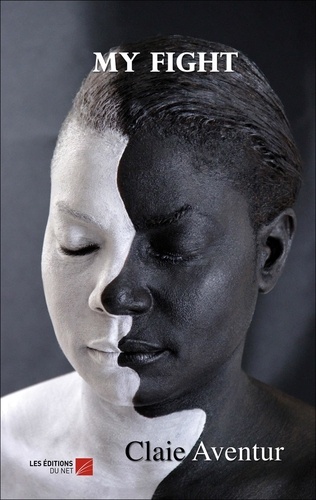
Critique littéraire
My Fight
06/2016

Non classé
She’s Leaving Home
06/2011

Science-fiction
The aumakua. The great white shark novel
09/2023

Histoire ancienne
THE ROMAN CAVALRY. From the First to the Third Century AD
01/1992
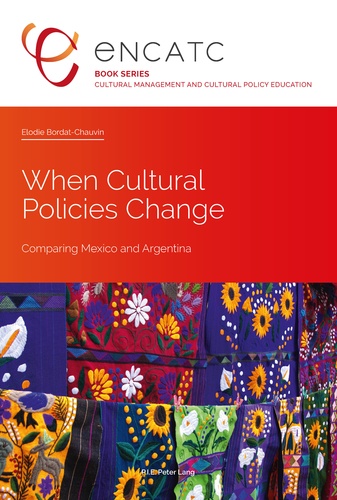
Sciences politiques
When Cultural Policies Change. Comparing Mexico and Argentina
12/1993

Economie
Sources and Dynamics of Macroeconomic Fluctuations in Switzerland: Evidence from a Structural Vector Autoregressive Approach
11/1999
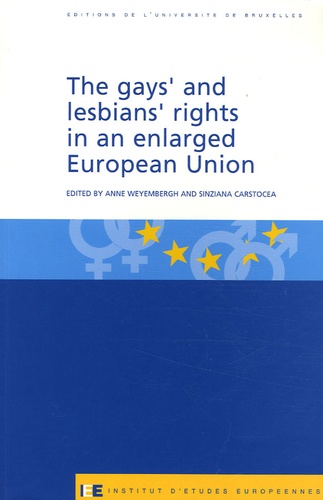
Droit
The gay's and lesbians's rights in an enlarged European Union
02/2006

Littérature française
Handicapped
10/2020

